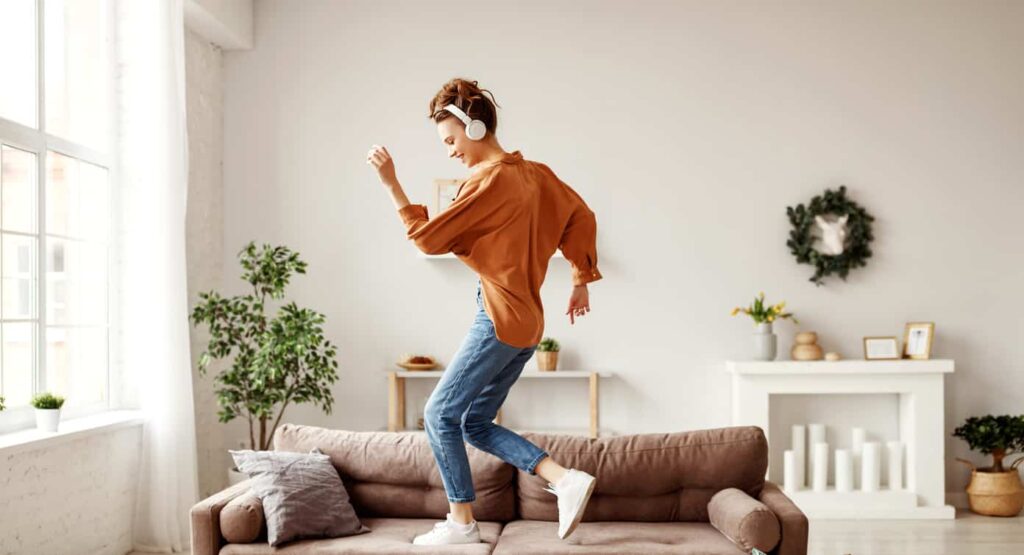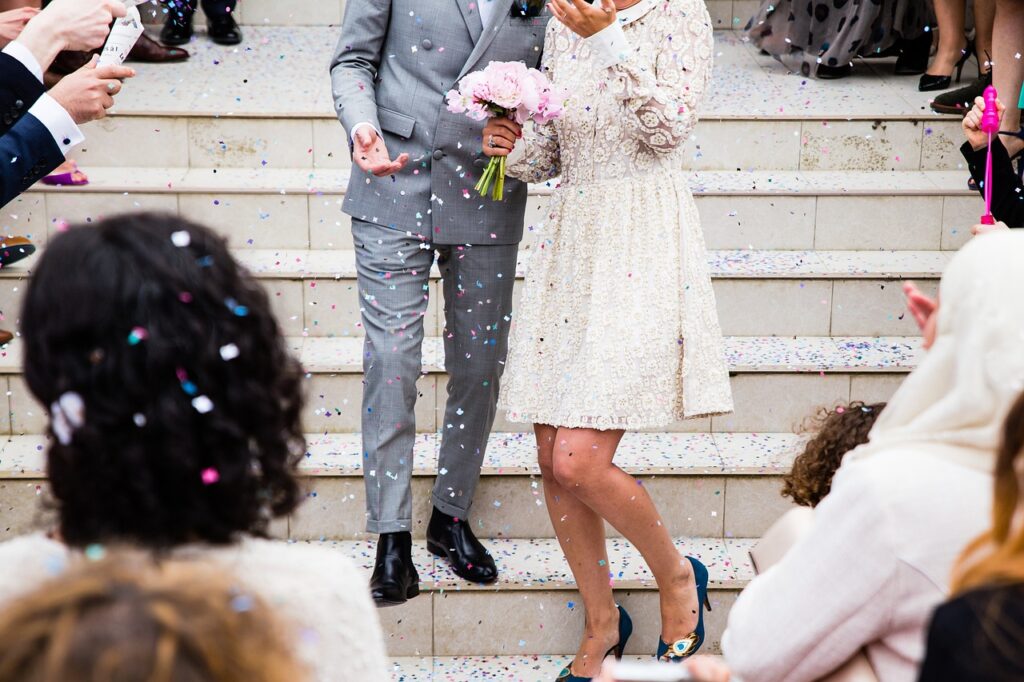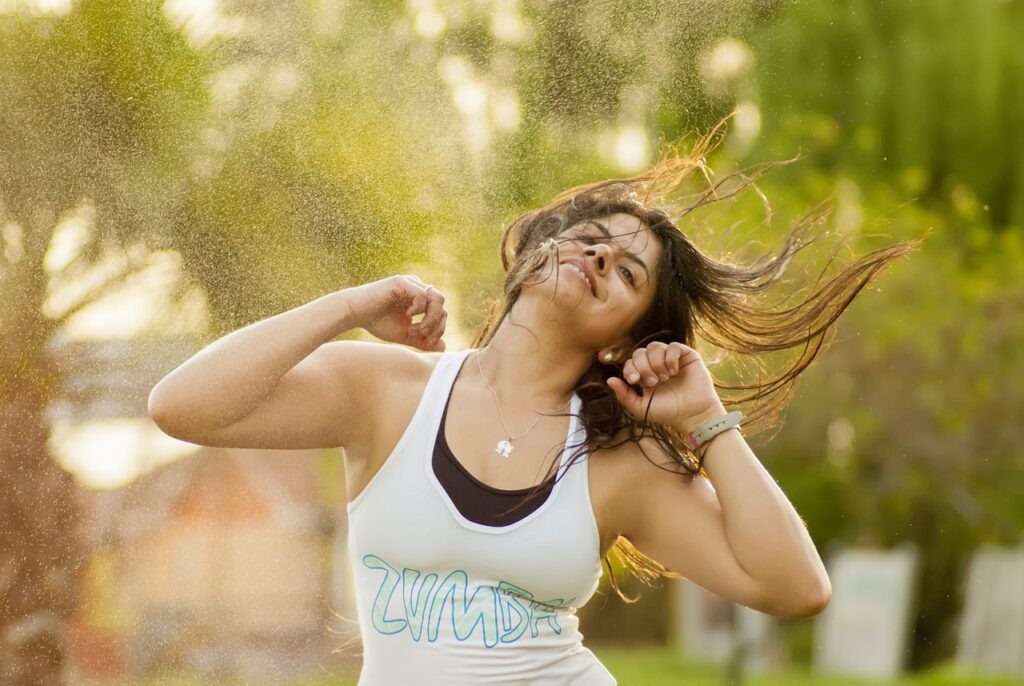
Summary
Welcome » Welcome » Tips for starting dancing » Learn to dance when you don't have the rhythm: the BABA
Learn to dance when you don't have the rhythm: the BABA
When there is music, are you the type to stay seated or lean against the wall? Do you look at those on the dance floor from afar and say to yourself that you don't know how to dance? Or maybe you and rhythm make two?
No more excuses! We help you awaken the dancer in you. Follow the leader !
Summary
HOW TO LEARN TO DANCE WHEN YOU DON’T HAVE THE RHYTHM?
To learn to dance if you don't have a sense of rhythm, you must first be able to identify and reproduce the rhythm of music. You will then train your coordination so that your body moves according to the rhythm that you have identified. Training is the key to success. Everyone can do it!
Understand the concept of rhythm
We don't teach you anything, the rhythm is the regular repetition of a phenomenon.
In music, rhythm is duration of notes in a melody. We can also see it as the arrangement of silences that make up music.
When we dance, we generally base ourselves on a rhythm of 8 beats. Obviously, some dances are based on more or less time. There waltz and the samba are danced for example on 6 beats. This is the famous “1-2-3, 1-2-3” counting that you may have already heard in videos or tutorials.
Rhythmic deafness
Do you have trouble identifying and following the rhythm of a sound? When you clap your hands to music, are you always out of time? You may be suffering from rhythmic deafness. And it’s science that says it!
Rhythmic deafness is when you can't synchronize your movements with the rhythms that you hear.
Even if its name implies it, you do not have a problem withinner ear. It's yours brain who has difficulty coordinating between music and your body.
Of the Canadian researchers from McGill University and the University of Montreal looked into the subject. They have not yet succeeded in determining the origin of this difference in perception nor do they know how to improve it. But don't panic, all is not lost!
The only thing to do is simply take the bull by the horns and start improving! Dancing to the rhythm, it can be learnt !

5 exercises to develop your sense of rhythm
First of all: everyone knows how to move their body! So, stop making excuses and dare to try! Here are our practical tips so that you no longer stay away from the dancefloor during the evenings.
And if you're not yet too confident, don't panic, we understand! Do these exercises alone in your room at first, there is no rush. The most important thing is that you are in your element.
1. Relax
More often than not, if you think you can't dance, you'll just stay in your corner and try to become invisible to others. Stop immediately!
No one is judging you or looking at you, so don't be afraid.
Stand up, inhale deeply and relax. Your muscles should be relaxed.
It's when you really start to let yourself go that you'll start dancing.
A little advice : stay away from the mirror at first. Otherwise you'll just watch yourself dance and judge yourself. Additionally, your movements may be more conscious than natural.
2. Identify the rhythm of the music
To start learning to dance, you must first take care of the music. It is clearly the essential element in dance.
To identify the rhythm of the music, count simply the times of music. It is during these times that you will have to put your legs down and move your arms rhythmically.
Play the music of your choice and start by counting the beats out loud, in a loop, from 1 to 8. No need to try to dance at the same time. For now, the goal is just to get into the rhythm.
3. Replicate the rhythm
Once you have successfully identified the rhythm of the music, you will now try to reproduce.
Whether it's listening to a sound on the radio, in the car, or in a store, sometimes you may already be doing it without realizing it. It is clap your hands, snap your fingers, To get angry or simply move your head on the rhythm you hear.
If you find this exercise difficult, that's normal, but don't give up! Try to make it happen instead whenever you get the chance. It is thanks to a regular practice that you will develop your sense of rhythm, little by little.
4. Learn to move to the rhythm
That's it, you now have control of the rhythm. It's time to move on to dance practice. For this, 2 exercises: walk in rhythm then the practice of first dance moves.
Walk to the beat
First, simply put yourself standing and play the music you want. Preferably choose music that has percussion, it will be easier to identify the rhythm.
Now try to to walk by following the rhythm of the music. In other words, take a step every “boom" that you hear.
In this way, your brain directly transmits the rhythm that you have identified with a movement of your body. This is the start of the dance.
With music in your earphones or headphones, you can do this exercise very well when you are walk down the street or you're doing your shopping. Any time is good to take to progress in dance.
Bend your knees rhythmically
For this second exercise, the objective is simply to bend your knees to the rhythm. Stand with your feet shoulder-width apart. Your legs should not be too close or crossed. Rather be relaxed on both your legs.
After starting the music of your choice, you will have to bend and unfold your knees on each beat. Give like a little knee strike forward, without going all the way down, it's not a squat.
For the pace to follow, if you count the times:
- 1: you push forward
- 2: you go back
- 3: you go back down
- 4: you go back
- And so on
Don't stay neither too straight nor too rigid during exercise. Your body must stay released. You will see that your arms will swing slightly on their own with the movement of your knees.
Also think about vary the rhythms music you listen to. You will not be used to the same cadences, and you will get used to identifying the tempos of different types of music. In addition, we have already told you, it is the practical which allows you to improve.
And once you are confident, you can even add movements with your arm or with your hands. The movement possibilities are endless.
5. Have fun
Do you think you don't know how to dance? So what ? You're probably not the only person in the room who thinks that about yourself. This is no reason to run away from the dance floor and stay behind.
We already told you: the dance is done for everyone. Don't get stuck on the movements you want to do. Instead, think about how you feel when you listen to the music.
Have no complexes. Forget the looks and criticism of others. Just enjoy the moment and let your body respond to the rhythm of the music however it wants.
No hassle, just enjoy moving your body to the music.
And if you need a little boost to get started the first time, hit the dance floor with friends, you will immediately feel more in your element.

To conclude
You will have understood, learning to dance mainly involves understanding of rhythm.
Nothing insurmountable if you know the steps to follow to improve:
- Soak up the rhythm: whether by counting out loud, clapping your hands or walking, try to identify the rhythms of the music you hear every day in your environment
- Be relaxed: train in an environment in which you can easily be comfortable
- Stay consistent: it is by practicing regularly that you will progress at your own pace, without forcing yourself either.
- Don't be in a hurry: your body needs time to assimilate new movements or choreography
- Rest : dancing requires as much physical effort as mental effort
- Enjoy the present moment: have fun dancing, it doesn't have to be a chore for you
Start dancing with a class at DECIBEL®
Despite all our advice, do you still think you don't know how to dance? Perhaps you are also hesitant to get started? We have the solution you need!
Come and learn to dance at DECIBEL® studio.
On our dance floor plunged into the dark, you will be able to let off steam Without being afraid from the eyes of others.
During 50 minutes, you alternate between dance moves And muscle strengthening. Our coaches are here to help you surpass yourself on our super motivating playlists.
Read also
follow us
on instagram
Follow our news,
take advantage of our tutorials and participate to our
contests!
BREAKING NEWS!
Receive our newsletter.






